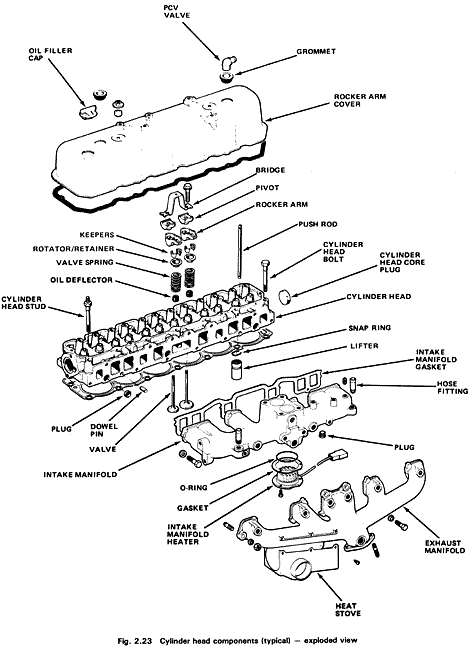William Ashley Johnson
SHOP
Learn
this,
that in between the thin threaded screws
and ten-penny nails in Mason jars,
discarded patches of oil stained carpet,
the rows of rusted QUAKER STATE and LUBE RITE cans
with yellowed labels flecked with oil,
a stack of mismatched wood scraps
and walls of tin,
there is order.
It is not in the hanging ranks
of sockets and wrenches,
the locked cabinet of electric tools,
or a power cord's precise coils
bungeed neatly on the wall.
Not in the dark constellations
of lacquered gouges and gashes
spread across this pine workbench,
but in the purpose of the place
and the thingness of things,
so that when something breaks
what cannot be seen can still be traced,
broken into parts
and the fixed lines of cause and effect:
from tank to pick-up to filter to pump
and on through to that final violent firing
or the empty chug and churn
of metal on metal
working toward that spark.
____
It's comforting to know that the thing-ness of things and how they work is one of the few areas where clarity still exists and where better to find that clarity and order than in the jumbled disorganization of a workshop.
Schematic of an in-line six engine from a 1984 Jeep CJ7:
___

___
Image from Jeep CJ Automotive Repair Manual by Larry Warren and John H. Haynes. Newbury Park: Haynes Publishing Group, 1986.
